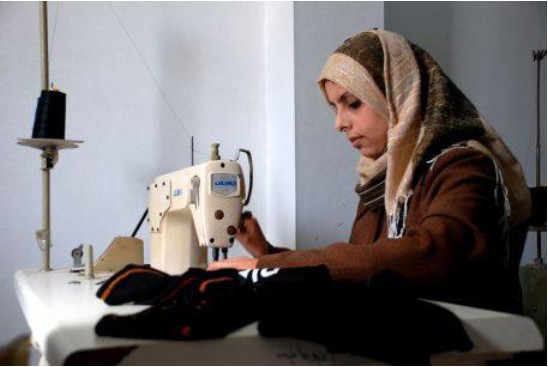In the second quarter of this year, there was a dramatic deterioration in the employment situation in Gaza, the most serious data since the end of Israel’s brutal Operation Protective Edge. Unemployment in the Gaza Strip rose to 44% compared to 41.1% in the first quarter. Among women it increased from 67.4% to 71.5%, while among men there was a decline in unemployment from 32.7% in the first quarter to 36.2% in the second. However, among those in the labor force who are young men up to the age of 29, unemployment increased from 56.9% in the previous quarter to 61.9% in the second quarter. The last time unemployment was so serious was at the beginning of 2014, when Israel completely stopped the entry of building materials for the construction industry.
During the second quarter of 2017, most of the rise in unemployment was apparently the result of a significant drop in the number of construction workers: 20,472 were employed in the first quarter, as compared with 15,484 in the second quarter. The exacerbation during the latter quarter is apparently also linked to the month of Ramadan and Eid al-Fitr, which reduced the number of hours worked.
However, according to the Israeli NGO, Gisha, “a significant deterioration of already serious data during such a short period of time indicates the difficult situation of the economy and is apparently influenced by measures taken by the Palestinian Authority towards workers living in the Gaza Strip.”
“How fragile is the economy of Gaza? Only four years ago, in the second quarter of 2013, there was 27.9% unemployment. The continued rise in the unemployment rate for women and young people points to negative growth and lack of opportunities, because of the restrictions imposed by Israel and Egypt. A year ago, heads of local Israeli authorities in the vicinity of Gaza met with the defense minister and encouraged him to allow workers to exit the strip for work, even if only in the immediate area, a position that was encouraged by local Israeli farmers. However, in practice, the number of exits from the strip is consistently declining, including those of merchants,” another source said.



